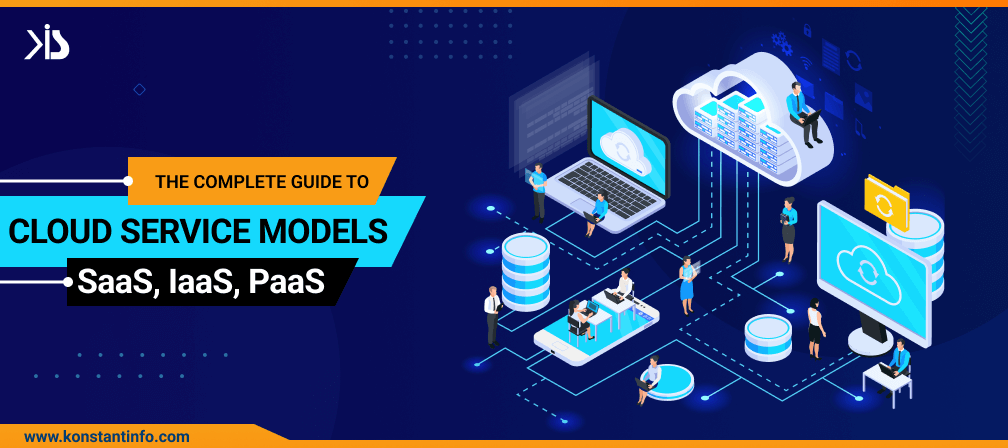
As organizations’ IT infrastructures become increasingly burdened and customers’ demands keep growing, cloud services models are emerging as the fastest, most reliable, and most secure way to meet their needs.
O’Reilly’s cloud adoption reports reveal that more than 90% of organizations have already adopted cloud computing by now.
There is also rapid growth in the size of the public cloud market worldwide. By the end of 2023, it is expected that the market will reach a value of 591.79 billion USD, a change of 43.4% from its value of 412.63 billion USD in 2021.
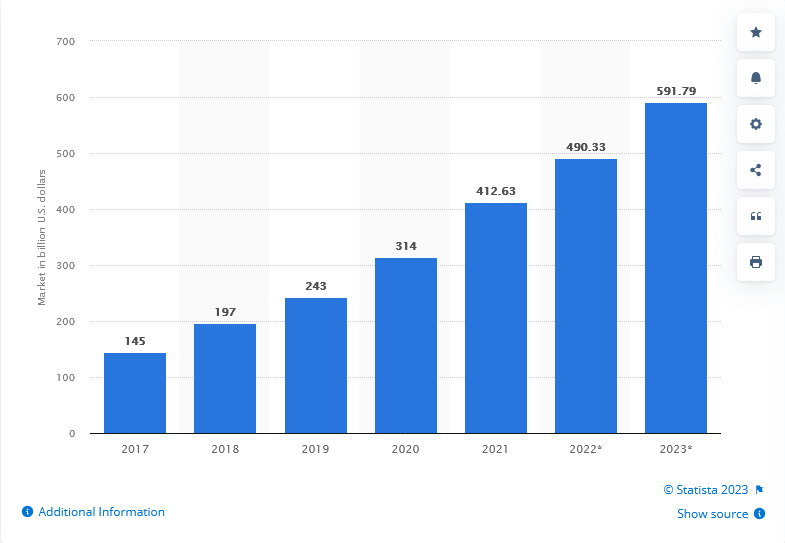
Image credit: Statista
Security, flexibility, mobility, insights, and cost savings are some of the reasons organizations are increasingly adopting cloud services.
Migrating to the cloud can bring your organization many benefits. Nevertheless, which model of cloud service is right for your company?
This blog will explain what cloud service models are and the different types of them, which will enable you to make the right choice.
So, let’s get started.
Table of Contents
Put simply,
The term “cloud computing” refers to the delivery of computing resources, infrastructures, computing power, and data storage on-demand without users requiring any intervention from the organization.
Cloud services are hosted by third parties and can be accessed via the Internet by businesses.
A three-tiered model of cloud services is available to cater to the various business needs of organizations: SaaS, IaaS, and PaaS.
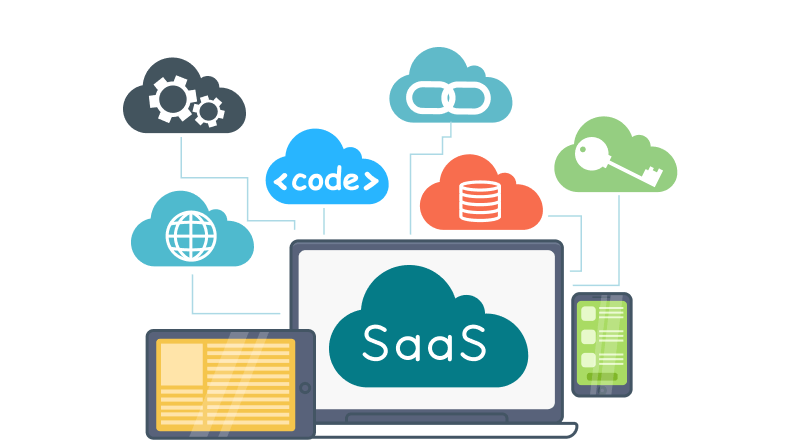
SaaS is the shorthand for Software as a Service.
In its primary position, SaaS replaces conventional daily software, which calls for a spectacular amount of computation strength, installation, coding, and protection.
It is hosted on the cloud and available through the browser the usage of the net because the medium. This means that you might not be required to down load any software on your system; after you have signed up, you may have handy get entry to to the software program that you want.
The SaaS version has any other advantage because it offers organizations the freedom to awareness on their core sports without the pressure of software program preservation, setup, and help.
It is as much as the SaaS Company to make sure the software program works nicely and all of its required infrastructure, along with servers, storage, networks, and facts storage. You will be charged monthly, every year, or consumption-primarily based fees relying on what you select.
The SaaS application development company will also take care of all upgrades and patches to the software. As far as the scalability of the SaaS is concerned, there are no issues. As part of the business operations, the business is able to easily upgrade the software in order to add more users and data storage as needed at an additional cost on demand.
Here we have narrowed down the list of leading SaaS companies in the market:
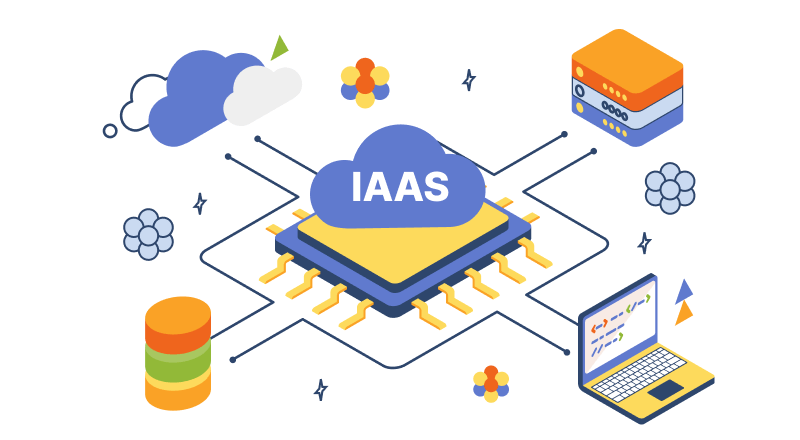
IaaS is the shorthand for Infrastructure as a Service.
Simply put, IaaS refers to the delivery of computing infrastructure management via the internet as a service.
IaaS puts organizations free from the burden of purchasing and maintaining hardware and enables them to purchase virtualized computing resources hosted by third parties on the internet.
The advantage of this model is that you only pay for what you use, making it very affordable for businesses.
A further advantage of such a solution is that organizations are able to easily add, delete, or reconfigure their IT infrastructure on demand as needed.
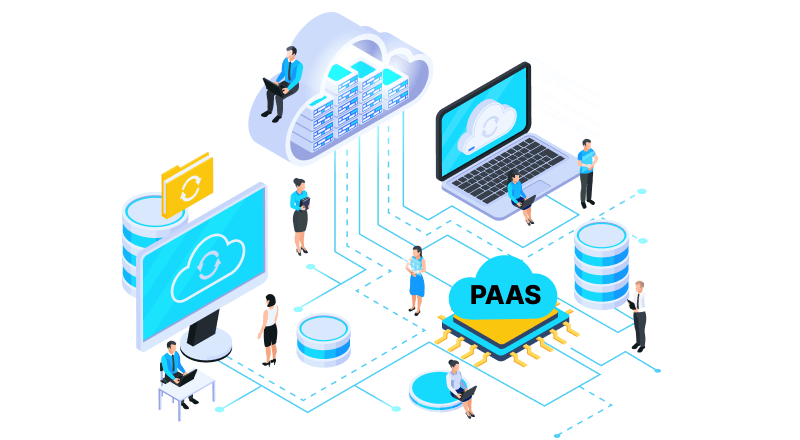
PaaS is the shorthand for Platform as a Service.
A PaaS business model is very similar to IaaS, with the only difference being that it also provides operating systems and databases in addition to the hardware. You can, therefore, rest assured that your IT team will have access to all the resources they need to get the job of building apps and software done.
In the essence, PaaS provides a development environment where organizations can develop, run and manage business operations without maintaining the infrastructure required.
Having explained the difference between SaaS vs IaaS vs PaaS above, it can be concluded that each of the three models of cloud services has a specific purpose. Here we will outline when you should use PaaS, IaaS, and SaaS, so you can make the right choice for your business.
Here are a few instances where using the Software-as-a-Service makes the sense:
Here are the benefits of Infrastructure-as-a-Software:
In today’s world, it’s not uncommon for organizations to use more than one SaaS, PaaS, or IaaS product and many large organizations utilize all three technologies in addition to their traditional IT infrastructure.
The innovation of cloud service models is offering users choice, flexibility, and options that are often lacking in traditional on-premise solutions.
The best practice to avail of the benefit of SaaS, PaaS, and IaaS is to partner with a cloud application development company.
Cloud services can be applied in the following use cases:
SaaS (software-as-a-Service) serves great benefits but also has certain limitations as mentioned below:
IaaS (Infrastructure-as-a-Service) comes with the following limitation:
PaaS (Platform-as-a-Service) comes with the following challenges:
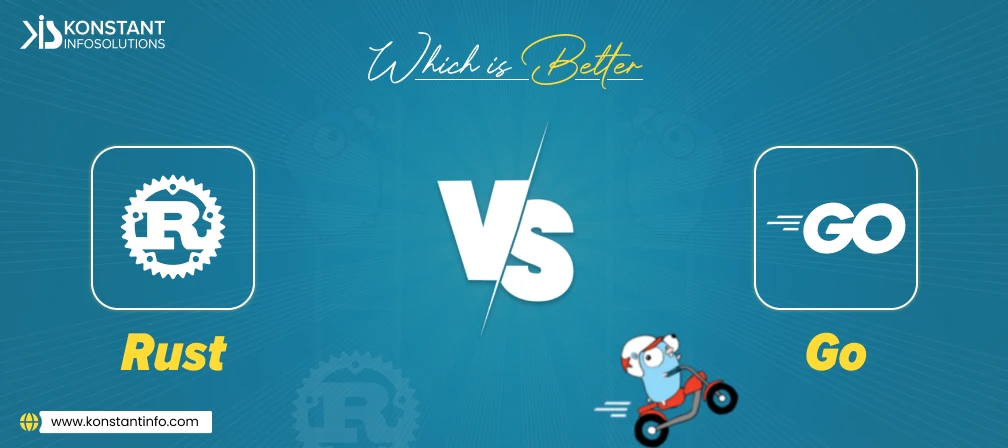

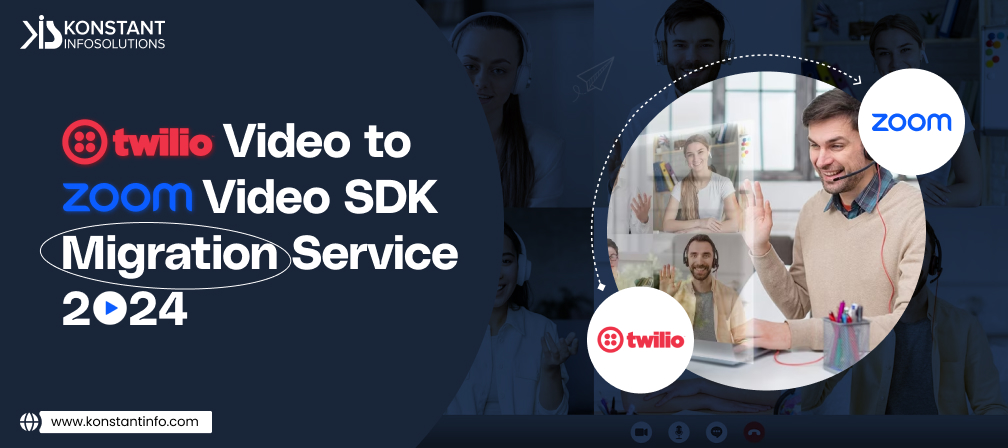
Vipin Jain is the Co-Founder and CEO at Konstant Infosolutions and is in charge of marketing, project management, administration and R&D at the company. With his marketing background, Vipin Jain has developed and honed the company’s vision, corporate structure & initiatives and its goals, and brought the company into the current era of success.
Or send us an email at: [email protected]